Decrease Recovery Time for Microsoft SQL Server Disasters with Pure Cloud Block Store in Microsoft Azure
Pure Storage
NOVEMBER 22, 2022
The capacity listed for each model is effective capacity with a 4:1 data reduction rate. . Higher availability: Synchronous replication can be implemented between two Pure Cloud Block Store instances to ensure that, in the event of an availability zone outage, the storage remains accessible to SQL Server. .



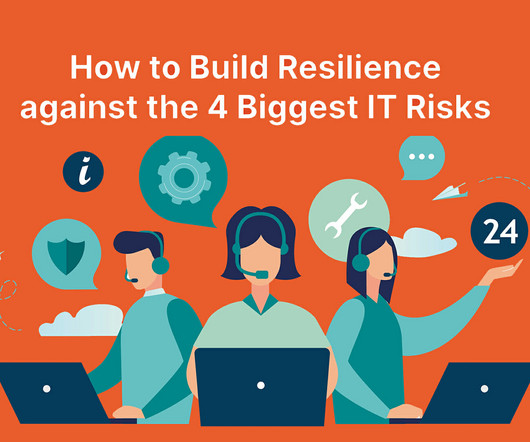
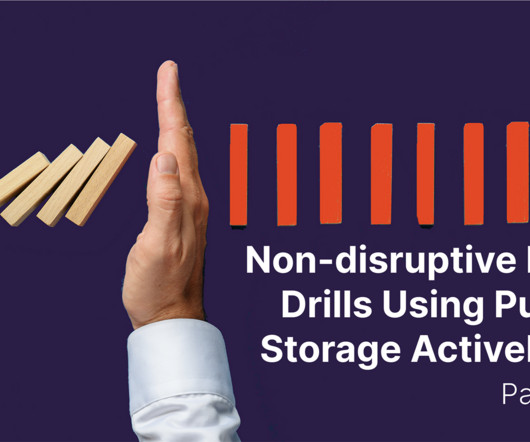
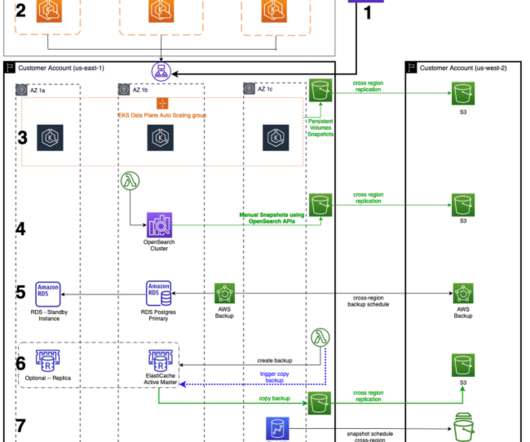
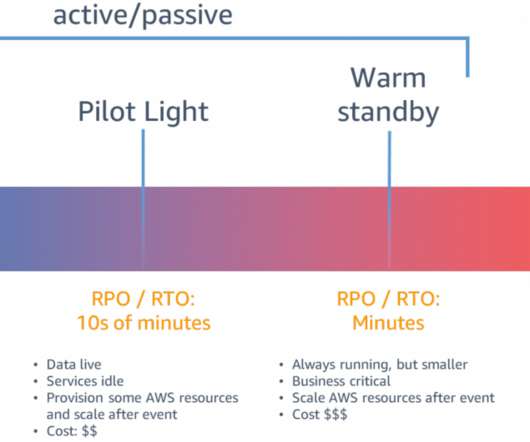

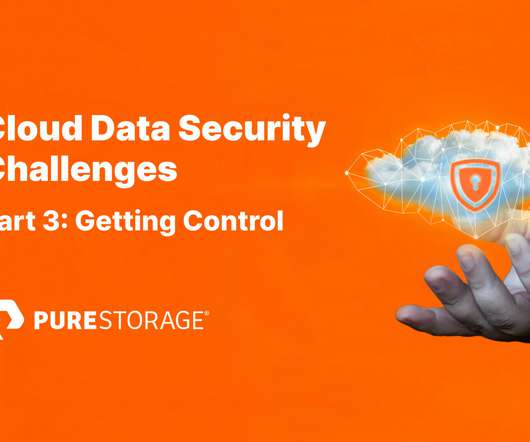

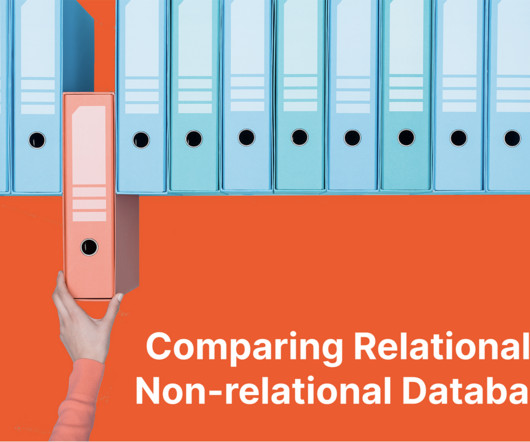






Let's personalize your content